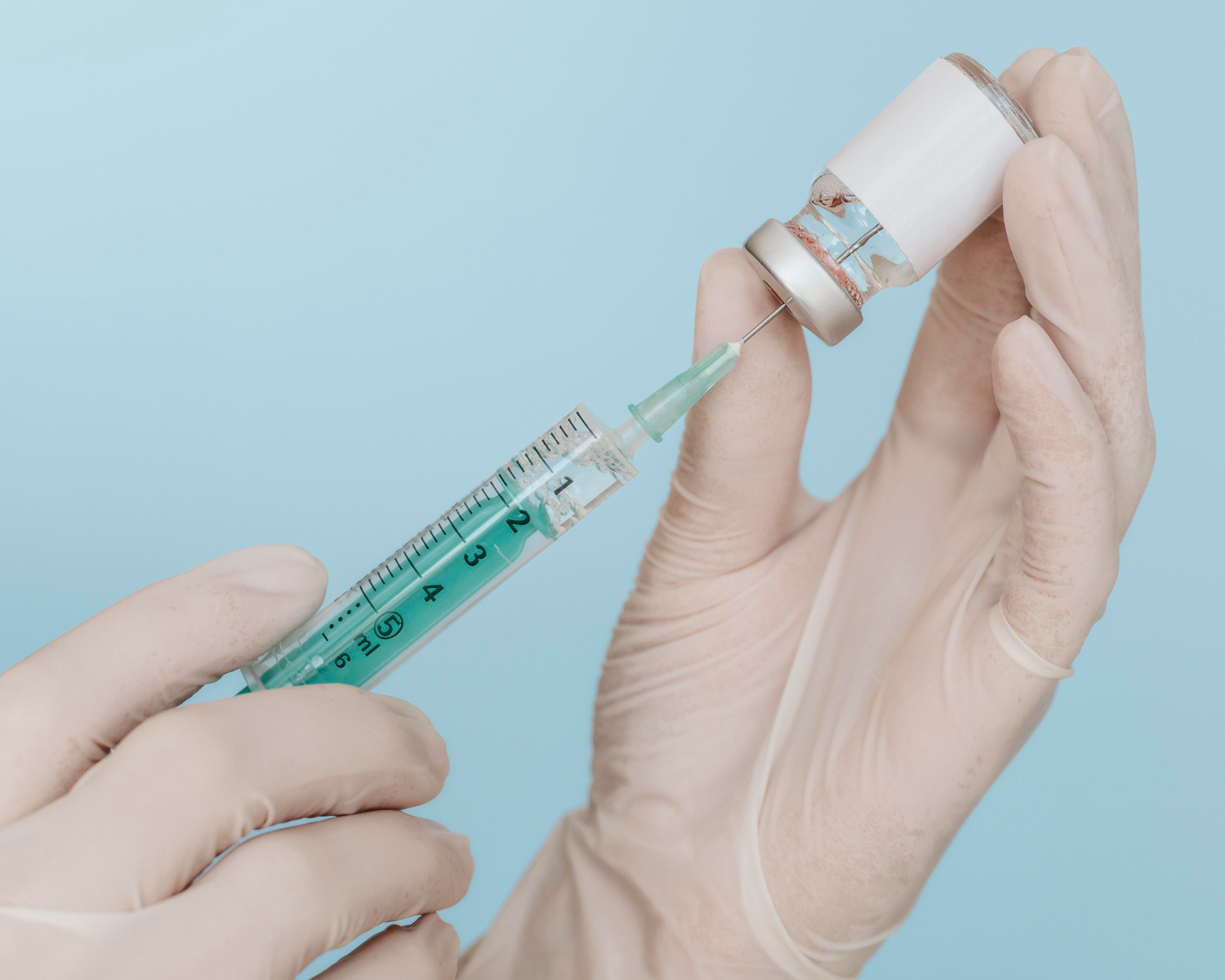Excessive knee pain often leads individuals to explore various treatment options, one of which includes gel injections. Gel injections, commonly known as viscosupplementation, are a non-surgical treatment option for knee osteoarthritis and associated pain. This article talks about the different types of gel injections available for knees, shedding light on their distinct characteristics, benefits, and considerations. So, let’s begin.
What are Gel Injections for Knee Pain
Gel injections involve the introduction of a gel-like substance into the knee joint to enhance lubrication and reduce friction. As a result, it aids in the relief of pain associated with illnesses such as osteoarthritis. Furthermore, these injections are mostly composed of hyaluronic acid, a natural component present in synovial fluid that functions as a shock absorber and lubricant.
Types of Gel Injections
The following are the types of gel injections available that can help you with knee pain.
Hyaluronic Acid (HA) Injections
HA injections are the most commonly used form of gel injections for knee pain. They aim to supplement the diminished hyaluronic acid in the joint, easing pain and improving mobility. However, brands like Synvisc, Orthovisc, and Euflexxa offer variations in concentration and molecular weight, catering to diverse patient needs.
Platelet-Rich Plasma (PRP) Injections
Another kind of gel injection is PRP injection. These involve using a patient’s blood components with concentrated platelets. The growth factors in PRP promote tissue repair and potentially reduce inflammation in the knee joint. Though not strictly a gel injection, PRP is an emerging therapy with promising results in knee pain management.
Stem Cell Injections
Furthermore, stem cell injections use cells obtained from the patient’s own body, often bone marrow or fat tissue. These cells have the ability to differentiate into diverse tissue types, assisting in tissue regeneration and perhaps lowering knee discomfort.
Effectiveness of Knee Gel Injections
Research studies have shown varying degrees of effectiveness for gel injections in managing knee pain. While some individuals experience significant pain relief and improved function, others may not notice substantial benefits. Factors like the severity of arthritis, patient age, and overall knee health contribute to the efficacy of these injections. Therefore, it’s best to consult your knee pain specialist in NJ for the best results and guidance.
How to Choose The Right Injection
Selecting the appropriate gel injection for knee pain relief involves careful consideration of several crucial factors. Individual factors, such as the severity of the knee issue, general health, and treatment choices, all influence which approach is most effective. Here are essential steps to help in choosing the most suitable gel injection:
Consult with a Healthcare Professional
Before opting for a gel injection, it’s imperative to consult with a healthcare provider, preferably a specialist such as an orthopedic surgeon or rheumatologist. These professionals can assess the knee condition, discuss medical history, and recommend the most appropriate treatment options.
Evaluate Knee Condition
Understanding the severity and stage of knee osteoarthritis or any other underlying condition affecting the knee joint is crucial. X-rays, MRIs, or other diagnostic tests might be necessary to assess the extent of joint damage. The severity of the condition often guides the choice of gel injection.
Consider Allergies and Health Conditions
Patients should disclose any known allergies, especially to components present in gel injections, to avoid adverse reactions. Additionally, individuals with specific health conditions might require particular formulations or need to avoid certain types of gel injections. Visit NoPainNJ for more informative articles.
Review Treatment Options
Discuss various gel injection options available, such as hyaluronic acid injections, platelet-rich plasma (PRP), or stem cell injections. Each type has unique characteristics and potential benefits, and the healthcare provider can guide patients in selecting the most suitable option.
Understand the Treatment Schedule and Course
Different gel injections may have varying dosing schedules and courses. Some injections might require a single shot, while others might involve multiple injections over a specific period. Understanding the treatment regimen and its implications on convenience and compliance is essential.
Benefits and Potential Risks
Pain Reduction: Gel injections, particularly hyaluronic acid (HA) injections, often lead to decreased knee pain by supplementing the joint’s lubricating fluid.
Improved Mobility: Enhanced joint lubrication can result in increased knee flexibility and better overall movement.
Non-Surgical Approach: Gel injections offer a non-invasive alternative to surgery, making them appealing to individuals seeking conservative treatment options.
Long-Term Relief: Some patients experience prolonged pain relief, allowing them to resume activities they previously avoided due to discomfort.
Potential Risks and Side Effects of Gel Injections
Temporary Discomfort: Pain or swelling at the injection site is a common side effect that typically resolves within a few days.
Risk of Infection: Though uncommon, each injection process poses a small risk of infection at the injection site.
Allergic Reactions: Individuals with known allergies to components in the injections may experience allergic reactions ranging from mild to severe.
Limited Efficacy: Gel injections may not provide significant relief for everyone, and their effectiveness can vary among individuals.
Considerations and Precautions
Patients thinking about getting gel injections for knee discomfort should talk to their doctor about the potential advantages and hazards. Understanding the possible outcomes helps in making an informed decision about whether gel injections align with individual health goals and expectations. Additionally, healthcare professionals can provide personalized guidance to mitigate potential risks and optimize the benefits of these injections for managing knee pain effectively. Meet Dr. Abbasi, Pain Specialist.
End Word
In summary, gel injections for knee pain relief encompass various options, each with its unique characteristics and potential benefits. While these injections offer a non-surgical alternative for managing knee osteoarthritis, their effectiveness varies among individuals.
Consultation with a healthcare professional remains pivotal in determining the most appropriate gel injection for individual needs. Understanding the nuances of each injection type, along with their benefits and potential risks, empowers patients and practitioners to make informed decisions toward achieving optimal knee health and relief from discomfort.

